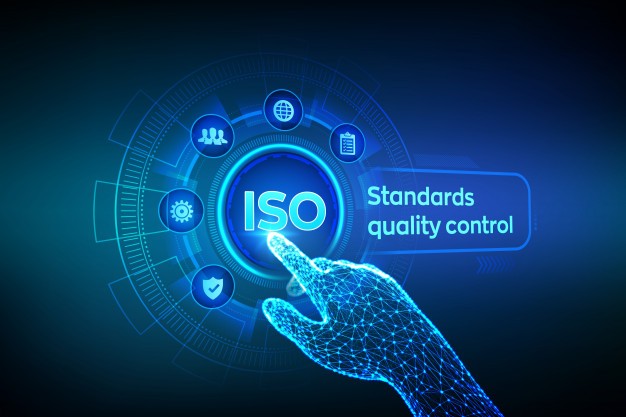In the realm of business, quality is not just a goal; it’s a cornerstone of success. Ensuring consistent quality in products and services is essential for building customer trust, enhancing competitiveness, and driving organizational growth. This is where the International Organization for Standardization (ISO) steps in with its globally recognized standard – ISO 9001 Certification. In this article, we’ll embark on a journey through the intricacies of ISO 9001 requirements, exploring how organizations can leverage this standard to establish robust Quality Management Systems (QMS).
Understanding ISO 9001:
ISO 9001 is not just a set of guidelines; it’s a philosophy that permeates every aspect of an organization’s operations. At its core, ISO 9001 is designed to help organizations implement processes that ensure consistent quality, meet customer requirements, and drive continual improvement. Originally published in 1987, ISO 9001 has evolved through multiple revisions to stay relevant in today’s dynamic business environment.
The Pillars of ISO 9001:
To grasp the essence of ISO 9001, one must acquaint themselves with its foundational principles:
- Customer Focus: Placing customers at the heart of every decision and action.
- Leadership: Demonstrating strong leadership commitment to quality.
- Engagement of People: Fostering a culture where every individual is empowered to contribute to quality improvement.
- Process Approach: Viewing activities as interconnected processes that deliver value.
- Improvement: Pursuing continual improvement in all aspects of the organization.
- Making decisions with data and analysis in mind is known as evidence-based decision making.
- Relationship Management: Building mutually beneficial relationships with stakeholders.
Decoding ISO 9001 Requirements:
ISO 9001 is structured around a set of clauses that outline specific requirements for implementing a QMS. Let’s delve into each clause to unravel its significance:
Scope:
This clause defines the boundaries of the QMS, specifying the products, services, and processes covered by the standard. It sets the stage for a clear understanding of the organization’s commitment to quality.
Normative References:
Here, ISO 9001 refers to other documents essential for understanding and implementing its requirements. These references provide additional guidance and context to organizations seeking certification.
Terms and Definitions:
To ensure clarity and consistency, ISO 9001 provides definitions for key terms used throughout the standard. This promotes a common language within the organization and across its stakeholders.
Context of the Organization:
Organizations are required to analyze their internal and external context, identifying factors that may impact their ability to meet quality objectives. This strategic analysis sets the stage for effective quality management.
Leadership:
Top management plays a pivotal role in driving the organization’s quality agenda. They must demonstrate leadership commitment, establish a quality policy, and ensure alignment of quality objectives with the organization’s strategic direction.
Planning:
This clause emphasizes the importance of strategic planning in achieving quality objectives. Organizations must set measurable quality objectives, identify risks and opportunities, and develop plans to address them.
Support:
To enable effective implementation of the QMS, organizations must provide adequate resources, infrastructure, and support. This includes competent personnel, training, documentation, and communication channels.
Operation:
This clause focuses on the execution of processes to deliver products and services that meet customer requirements. It encompasses everything from planning and design to production, delivery, and post-delivery activities.
Performance Evaluation:
Organizations must systematically monitor, measure, analyze, and evaluate their QMS performance. This includes conducting internal audits, collecting and analyzing data, and reviewing processes to ensure continual improvement.
Improvement:
Continuous improvement is the hallmark of ISO 9001. Organizations must establish processes for identifying nonconformities, implementing corrective and preventive actions, and driving ongoing improvement initiatives.
Registration Process to get ISO 9001:2015 certification
- Visit the ISO registration portal.
- Fill the ISO 9001 certification form
- In the verification box, enter the displayed verification code.
- Once the form is successfully submitted, proceed with the payment steps to get the ISO 9001 certificate.
- Experts will do the verification, and then the certificate will be issued to your registered email address.
Suggested Read: ISO Certificate Number Online
Conclusion:
ISO 9001 is not just a certification; it’s a commitment to excellence. By adhering to its requirements and principles, organizations can create a culture of quality that permeates every aspect of their operations. Implementing a robust QMS based on ISO 9001 not only enhances customer satisfaction and operational efficiency but also fosters innovation and drives sustainable growth. In today’s competitive landscape, mastering ISO 9001 requirements is not just a choice; it’s a strategic imperative for organizations aspiring to lead in quality excellence.
Stay in touch to get more updates & news on Gossips!




